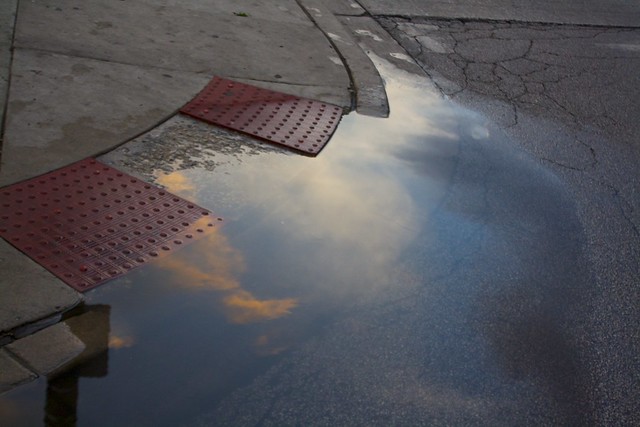
“Just how powwrful is art? Can it put you off your food the way love or grief or fear does? Can it slam the brakes on the relentless business of life, fade out the buzz and cut straight through to our most basic emotions: anguish, desire, ecstasy, terror? For most of art's history, it was assumed that if you pitched the stakes that high you would need stories, or at least figures, to deliver the poetic rush of feeling: weeping Madonnas; voluptuously vulnerable nudes; soulful self-portraits; embattled heroes laid low. Even figureless landscapes drenched in the light worked through the presumption of sentimental memory, briefly passing felicities. But Mark Rothko believed that tradition was all used up; that figurative art no longer had what it took to connect us, viscerally, to the human tragedy. In the century of mass incinerations, who cared about a few darts in the side of St Sebastian? The problem of modern life, especially in consumer society, he thought, was that unspeakable things had been done and contemporary culture’s answer was to dull the pain with distraction, with the daily satisfaction of the appetites. The problem of modern art was how—with such elementary material as paint and canvas—it could throttle the relentless chirpiness of contemporary life and reconnect us with the strenuous drama of the human condition... Only a completely new visual language of strong feeling, Rothko thought, could wake us from moral stupor.”
"The Power of Art," Simon Schama
[Chicago Avenue and Damen Avenue]